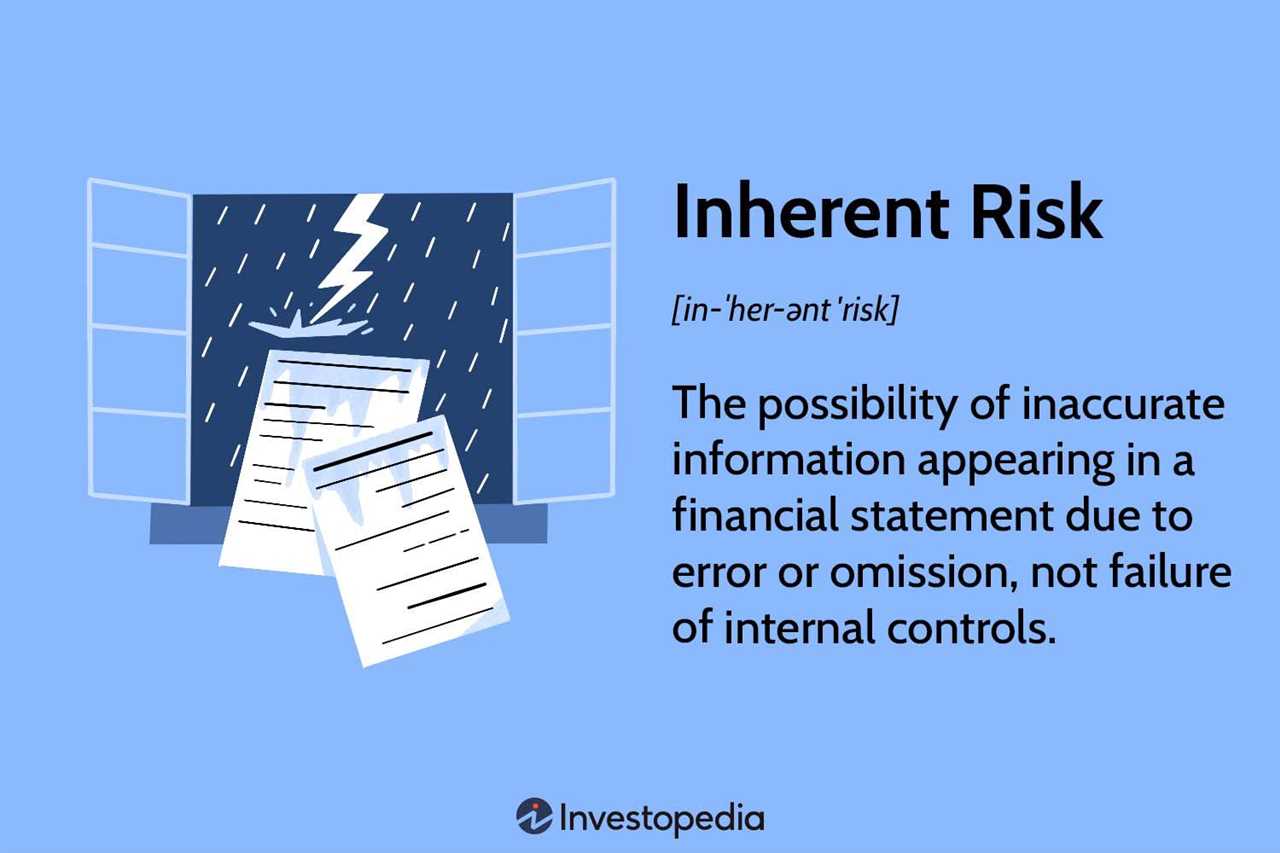What is Financial Risk?

Financial risk refers to the potential for losses or negative impacts on financial performance that may occur due to various factors and events. It is an inherent part of any business or investment activity and arises from uncertainties in the financial markets and economic conditions.
Financial risk can manifest in different forms, including:
- Market risk: This type of risk arises from fluctuations in market prices, such as changes in interest rates, exchange rates, or commodity prices. Market risk can affect the value of investments and the profitability of businesses.
- Credit risk: Credit risk refers to the potential for losses due to the failure of borrowers or counterparties to fulfill their financial obligations. It includes the risk of default on loans, bonds, or other forms of credit.
- Liquidity risk: Liquidity risk is the risk of not being able to buy or sell assets quickly and at a fair price. It can arise when there is a lack of market participants or when there is a sudden increase in demand for liquidity.
- Operational risk: Operational risk is the risk of losses resulting from inadequate or failed internal processes, systems, or human errors. It includes risks related to fraud, legal issues, technology failures, and natural disasters.
Tools to Control Financial Risk
1. Hedging

Hedging is a strategy that involves taking an offsetting position in a related security or derivative to reduce the risk of adverse price movements. For example, an investor may buy a put option to protect against a decline in the value of a stock they own.
2. Diversification
Diversification is the practice of spreading investments across different assets or asset classes to reduce the impact of any single investment on the overall portfolio. By diversifying, investors can potentially reduce the risk of loss if one investment performs poorly.
3. Risk Transfer
Risk transfer involves shifting the risk of potential losses to another party. This can be done through insurance contracts, where the insurer agrees to compensate the insured party for specified losses in exchange for premium payments.
4. Risk Avoidance
Risk avoidance is a strategy that involves avoiding activities or investments that have a high potential for loss. This can be done by carefully assessing the risks associated with a particular investment or business venture and deciding not to proceed if the risks are deemed too high.
5. Risk Monitoring and Analysis
Regularly monitoring and analyzing financial risk is crucial for effective risk management. This involves keeping track of market conditions, evaluating the performance of investments, and identifying any potential risks or vulnerabilities that may arise.
By utilizing these tools and strategies, individuals and businesses can better control and manage financial risk, ultimately protecting themselves from potential losses and ensuring long-term financial stability.
Diversification
Diversification is a risk management strategy that involves spreading investments across different asset classes, industries, and geographic regions. By diversifying your investment portfolio, you can reduce the impact of any single investment on your overall portfolio performance.
When you diversify your investments, you are essentially spreading your risk. If one investment performs poorly, the impact on your overall portfolio will be minimized because other investments may perform well. Diversification helps to protect your portfolio from the volatility of individual investments.
There are several ways to diversify your portfolio:
| Asset Allocation | Allocate your investments across different asset classes, such as stocks, bonds, and cash. Each asset class has its own risk and return characteristics, so by diversifying across asset classes, you can reduce the overall risk of your portfolio. |
| Industry Diversification | Invest in companies from different industries. This helps to reduce the impact of industry-specific risks. For example, if you have investments in both technology and healthcare companies, a downturn in the technology sector may be offset by the performance of the healthcare sector. |
| Geographic Diversification | Invest in companies from different geographic regions. This helps to reduce the impact of country-specific risks. By diversifying globally, you can take advantage of growth opportunities in different markets and reduce the risk of being too heavily exposed to a single country’s economy. |

Emily Bibb simplifies finance through bestselling books and articles, bridging complex concepts for everyday understanding. Engaging audiences via social media, she shares insights for financial success. Active in seminars and philanthropy, Bibb aims to create a more financially informed society, driven by her passion for empowering others.
